
Date: 9 September 2025
This is significant because the industry has yet to develop a set of standardized guidelines for testing, performance and quality for this relatively new product category.
"Innovation comes with responsibility. That’s why, in creating BirdSmart® glass, we not only conducted rigorous testing but also validated our technology and developed best practices to ensure its effective use,” explained Erin Casci, MSVD Product Manager at Vitro. "Rigorous evaluations revealed that the etching process preserves the glass's solar heat gain and visible light transmittance (VLT) without compromising its strength, durability or ease of cleaning."
Delving into the details of the need for bird-safe glazing, the evolution of the standards and technologies, and the need to rigorously test new bird-safe glass products, Vitro has released a white paper entitled, Bird Vetted & Approved The BirdSmart® Bird Safe Glass Story: Best Practices for Testing and Evaluating Bird Safe Glass Technology.
Leveraging Vitro’s expertise in glass product development and testing to develop its own rigid protocol of testing standards for bird safe glazing, the document goes into details on the testing process and how the laser-etched BirdSmart® glass performed.
Generally speaking, reflections and birds’ stronger spatial vision and weaker binocular vision make it difficult for them to see glass. Consequently, birds will spot greenery inside of a building and attempt to fly toward the indoor habitat, not realizing there is a pane of glass in the way.
This is why as many as 1 billion birds are killed every year in North America from flying into glass.

Etching specifically spaced patterns in the glass breaks up the optical illusion of open space and the continuous transparency of glass thereby enabling the birds to detect its presence.
Laser-etched glass like BirdSmart® Bird Safe Glass applies the markers on the first surface and can accept low-e glass on the second surface. The laser etching process is non-caustic, uses no harsh chemicals and the process can be done at any plant where glass is produced and coated.
Getting into the testing details, the white paper delineates the glass testing process for the following five categories: Gloss, Taber Abrasion, Strength, Stain and Weathering.
For some categories, there are accepted ASTM testing standards, and for others, Vitro tapped into its deep expertise and testing knowledge to map out what it expects will eventually be the industry-required battery tests for bird safe performance.
In sum, the intent of the white paper in sharing the vetting and testing process of BirdSmart® glass is to provide a valuable industry resource for evaluating bird safe glass performance.
For more details, read: The BirdSmart® Bird Safe Glass Story: Best Practices for Testing and Evaluating Bird Safe Glass Technology.
For more information about Vitro Architectural Glass, visit vitroglazings.com or call 1-855-VTRO-GLS (887-6457).
 600450
600450


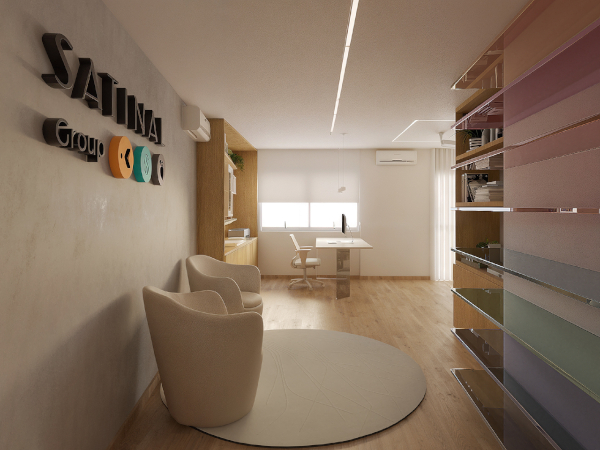
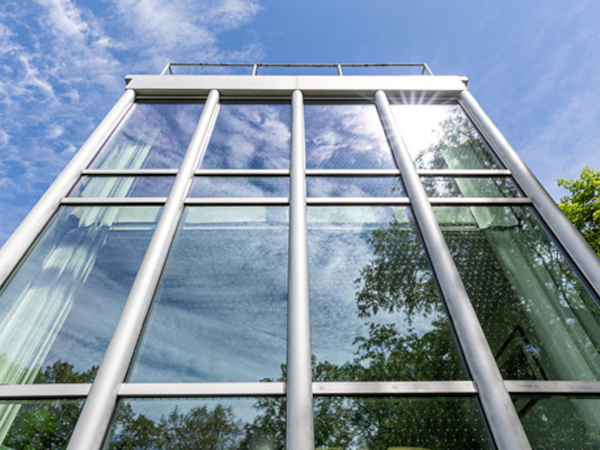
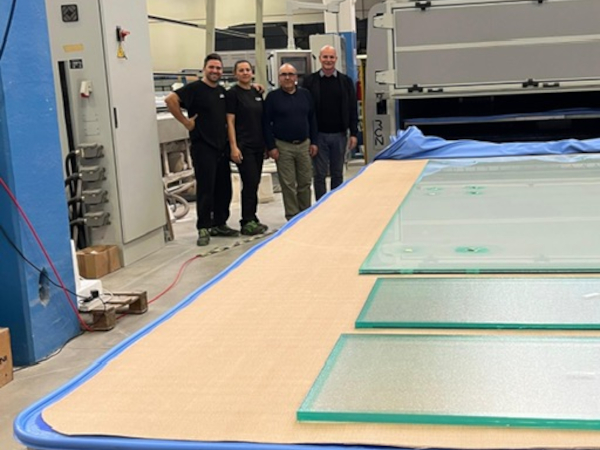

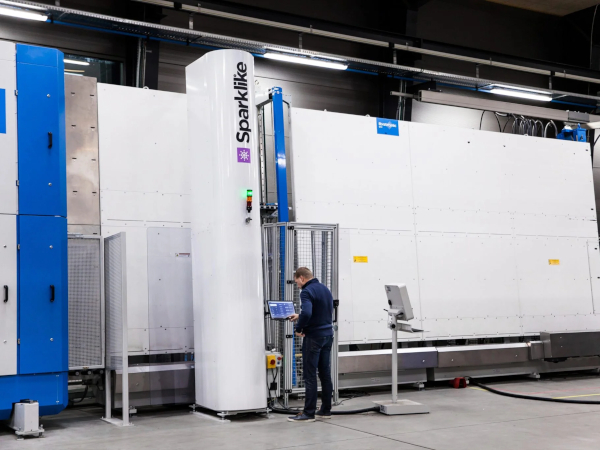


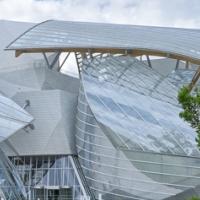
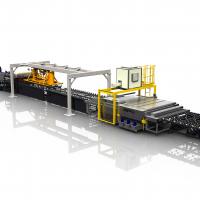
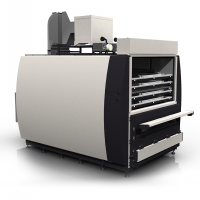
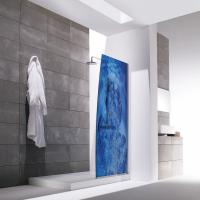
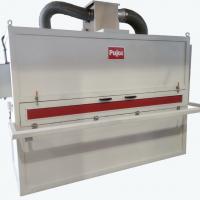
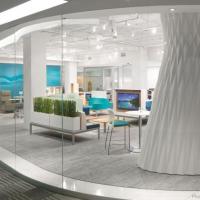
Add new comment